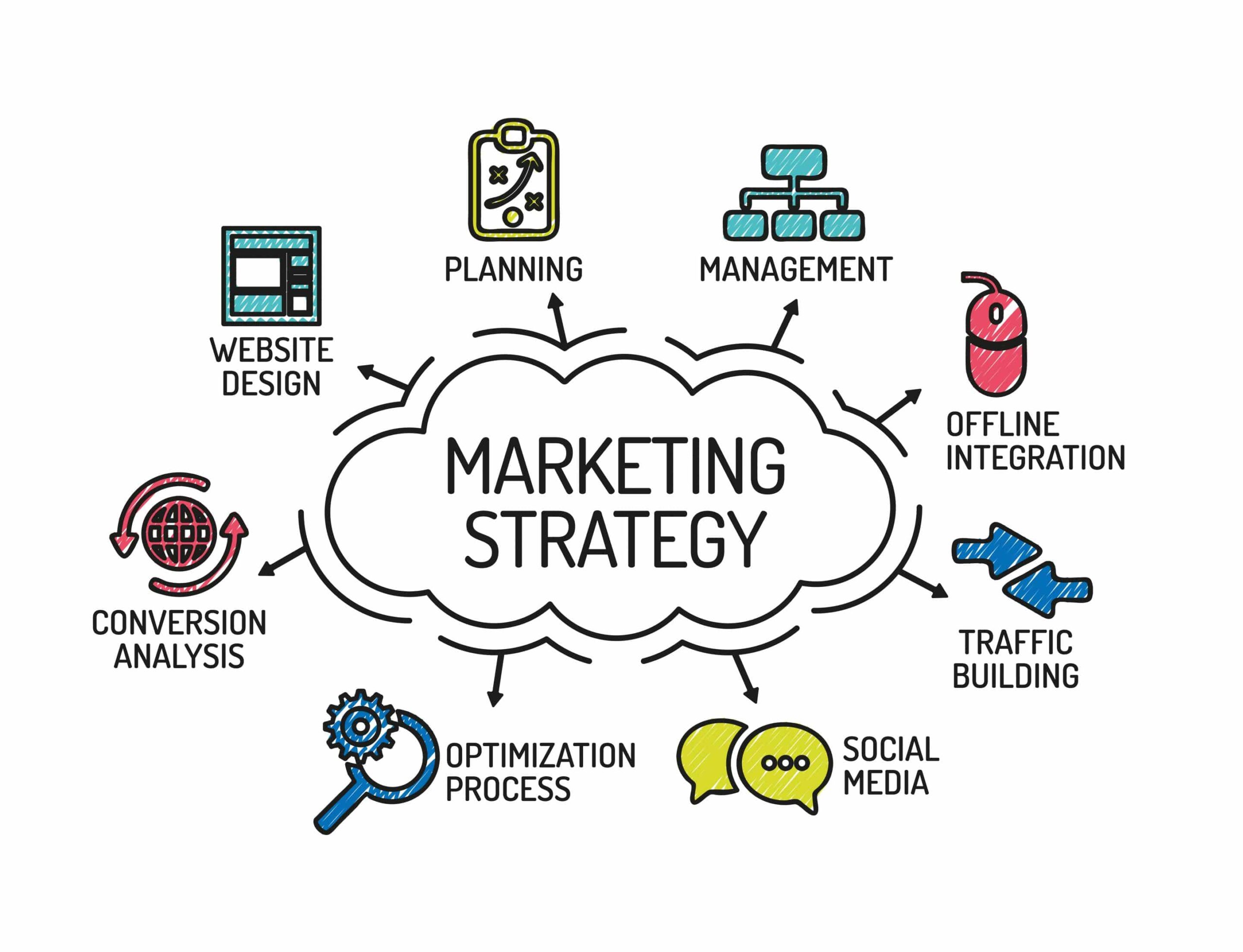Streamlining Processes with Lean Six Sigma Methodology
In today’s competitive business landscape, efficiency is the key to success. Companies are constantly seeking ways to optimize their operations and enhance productivity. One powerful methodology that has proven effective across various industries is Lean Six Sigma. Let’s delve into the fundamentals and benefits of Lean Six Sigma to understand how it can transform your business processes.
Understanding Lean Six Sigma
Lean Six Sigma is a robust approach that combines the principles of Lean Manufacturing and Six Sigma to eliminate waste, improve efficiency, and enhance overall quality. It originated in the manufacturing sector but has since found widespread application in diverse fields, including healthcare, finance, and technology. The core philosophy revolves around continuous improvement, emphasizing data-driven decision-making.
The Lean Philosophy
The Lean aspect of Lean Six Sigma focuses on minimizing waste in processes. This involves identifying and eliminating activities that do not add value to the final product or service. By streamlining workflows and reducing unnecessary steps, companies can achieve higher efficiency and lower costs. Lean principles aim to create a more agile and responsive organization.
The Six Sigma Approach
Six Sigma, on the other hand, centers on minimizing variation and defects in processes. It employs statistical methods to identify and eliminate defects, ensuring consistent and high-quality output. By striving for near-perfect performance, Six Sigma aims to enhance customer satisfaction and build a reputation for delivering reliable products or services.
Benefits of Lean Six Sigma
Implementing Lean Six Sigma can yield numerous benefits for organizations. Improved efficiency leads to reduced operational costs, while the focus on quality results in higher customer satisfaction. Additionally, the methodology fosters a culture of continuous improvement, empowering employees to actively contribute to the organization’s success.
Real-world Applications
Lean Six Sigma has been successfully applied in a myriad of industries. From optimizing supply chain processes to enhancing customer service operations, its versatility makes it a valuable tool for businesses of all sizes. Many leading companies attribute their success to the disciplined and data-driven approach of Lean Six Sigma.
Incorporating Lean Six Sigma in Your Organization
If you’re looking to adopt Lean Six Sigma in your organization, it’s crucial to provide proper training and support for your team. Investing in education and resources will empower employees to contribute effectively to the continuous improvement journey. Additionally, leadership commitment is vital for the successful implementation of Lean Six Sigma principles.
The Role of Technology
In the digital age, technology plays a pivotal role in enabling Lean Six Sigma initiatives. Advanced analytics, automation, and data visualization tools provide valuable insights and facilitate more informed decision-making. Integrating technology into Lean Six Sigma processes can amplify the impact of efficiency improvements.
Now, if you’re ready to take your organization’s efficiency to the next level, consider implementing Lean Six Sigma. It’s a transformative methodology that can drive positive change and position your business for sustained success. Learn more about Lean Six Sigma and how it can benefit your organization at Lean Six Sigma.
Continuous Improvement as a Culture
In conclusion, Lean Six Sigma is not just a methodology; it’s a mindset that promotes a culture of continuous improvement. By embracing its principles and fostering a commitment to excellence, your organization can navigate the complexities of the modern business environment with resilience and adaptability. Lean Six Sigma is more than a tool; it’s a strategic approach that can propel your organization towards lasting success.











